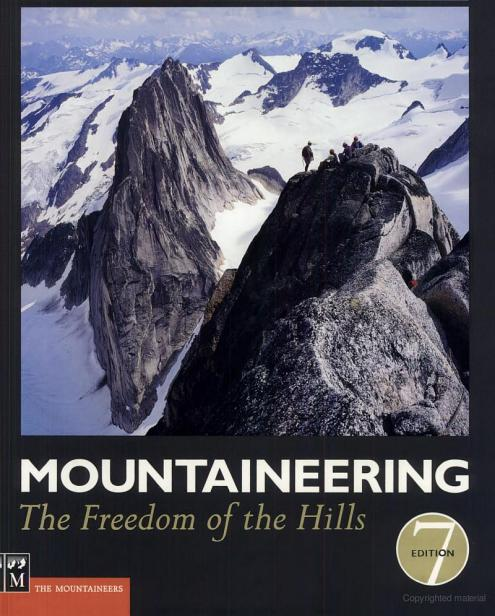Good summary by knoback and Fred. When cutting steps on steep slopes, turn one side into the slope, carve a notch for the uphill hand and hold the axe in the downhill hand. Start from the close end of the step and work toward the far end. Ideally, a step is large enough to hold the whole sole of your boot and slopes slightly inward.
Quoting from
a recent thread:
Cutting steps remained popular long after crampons were invented--even 12-point crampons. The first 12-point crampons were made by Laurent Grivel in 1929. They were used for the first ascent of the Eiger Nordwand. Yet, when in 1968 Flematti and Desmaison climbed the Linceul on the Grandes Jorasses, they still cut thousands of steps in the ice. When Messner wrote of his solo ascent of the North Face of the Droites in 1969, he felt the need to explain why he didn't cut steps. Incidentally, he carried an axe and a dagger, which was not unusual at the time. The late sixties and early seventies saw the development of "piolet traction" which required not only front points but two (short) tools. Only then the decline of the adze begun, some forty years after the invention of the 12-point crampons.


